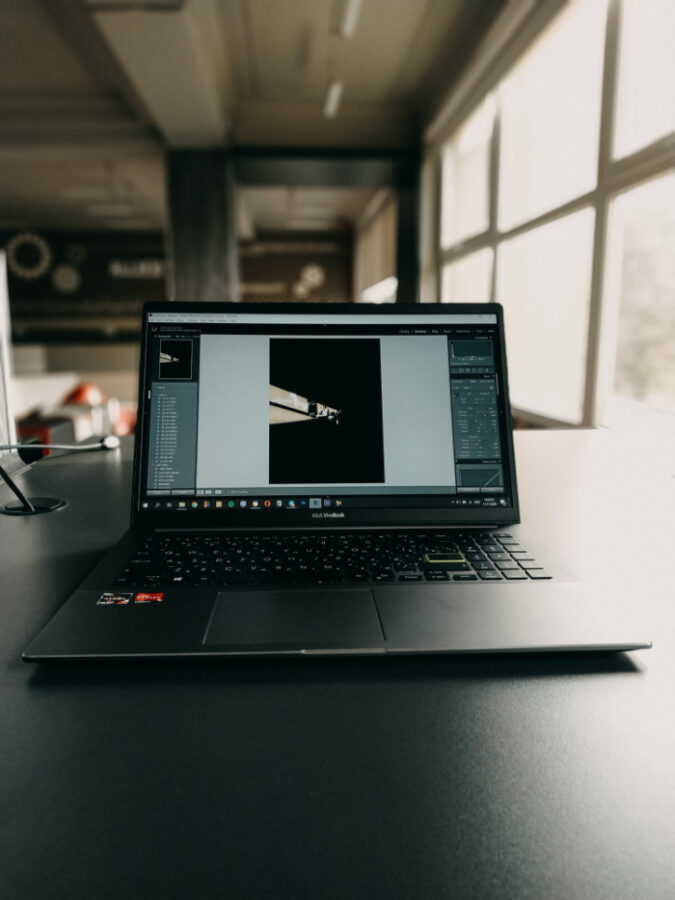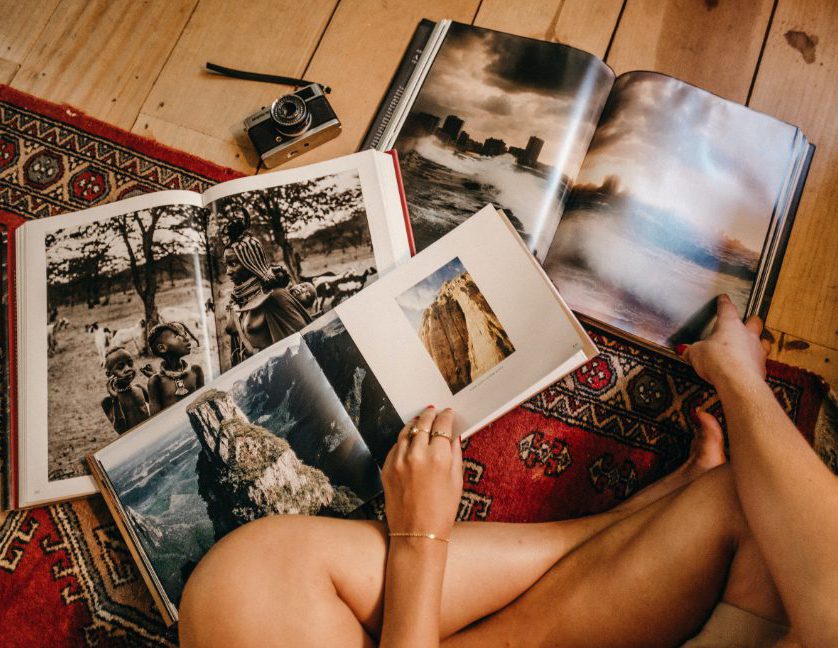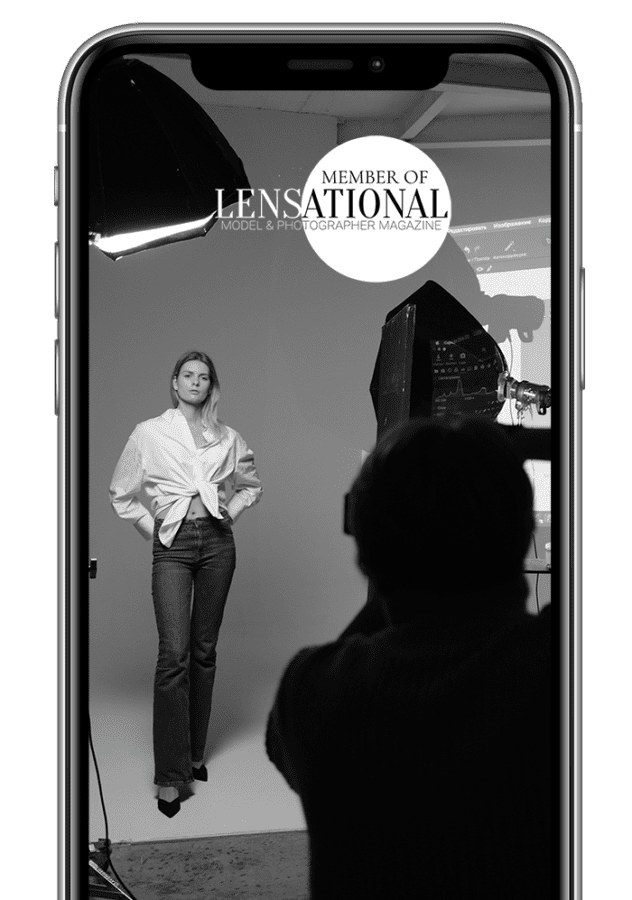I know that analyzing photographs and defining your unique photography style can be a challenging task. However, it is essential to master these skills if you want to stand out in a crowded market and produce stunning images that truly represent your artistic vision. In this article, I will guide you through the process of analyzing photographs and defining your photography style, from understanding the elements of a photograph to building a portfolio that showcases your unique style.
- Introduction to Analyzing Photographs and Defining Your Photography Style
- Understanding the Elements of a Photograph
- Using Visual Analysis to Interpret the Message of a Photograph
- Identifying Your Personal Preferences and Style
- Finding Inspiration for Your Photography Style
- Experimenting with Different Techniques and Editing Styles
- Analyzing the Work of Successful Photographers
- Incorporating Feedback into Your Photography Style
- Building a Portfolio that Showcases Your Unique Style
- Continuing to Evolve and Refine Your Style Over Time
- Conclusion
Introduction to Analyzing Photographs and Defining Your Photography Style
Analyzing photographs is not just about looking at pretty pictures. It is a critical skill that photographers need to develop to understand the elements of a photograph, interpret the message behind it, and ultimately define their unique style.
When you analyze a photograph, you are not just looking at the subject, but you are also examining the composition, lighting, color, and other elements that come together to create a compelling image.
Defining your photography style is equally important. Your style is what sets you apart from other photographers and represents your artistic vision. It is a reflection of your personality, experiences, and preferences.
When you have a defined style, clients will know what to expect from you, and you will be more confident in your work.
Understanding the Elements of a Photograph
To analyze a photograph, you need to understand the elements that make up a compelling image. These elements include composition, lighting, color, focus, and depth of field.
Composition
Composition is the arrangement of visual elements in a photograph. It is how the photographer chooses to frame the subject and create visual interest. A good composition will lead the viewer’s eye through the image, creating a sense of balance and harmony.
Lighting
Lighting plays a crucial role in photography. It can create mood, emphasize texture, and highlight the subject’s shape and form. Understanding how to control light is essential for creating stunning images.
Color
Color can evoke emotion, set the mood, and create visual interest. It is essential to understand how to use color to create a cohesive image that tells a story.
Focus
Focus refers to the sharpness of the image. It is used to draw attention to a specific part of the photograph and create a sense of depth.
Depth of Field
Depth of field refers to the area that is in focus in a photograph. It can be shallow, with only a small area in focus, or deep, with the entire image in focus. Understanding how to use depth of field is essential for creating images that stand out.
Using Visual Analysis to Interpret the Message of a Photograph
Once you understand the elements of a photograph, you can use visual analysis to interpret the message behind it. Visual analysis is the process of examining a photograph to understand its meaning and message.
It involves looking at the composition, lighting, color, focus, and depth of field to determine what the photographer is trying to convey.
When analyzing a photograph, ask yourself the following questions:
- What is the subject of the photograph?
- What is the mood or emotion the photograph conveys?
- How does the photographer use composition to create visual interest?
- What is the lighting like, and how does it affect the photograph?
- What emotions does the color evoke?
- What is the focus of the image, and how does it contribute to the overall message?
By answering these questions, you can gain a deeper understanding of the photograph and use this knowledge to inform your photography style.

Identifying Your Personal Preferences and Style
Once you have analyzed several photographs, it’s time to identify your personal preferences and style. Your style is a reflection of your personality, experiences, and preferences. It is what sets you apart from other photographers and represents your artistic vision.
To identify your style, examine the photographs you have analyzed and ask yourself the following questions:
- What elements do I gravitate towards?
- What emotions do I want to evoke in my photographs?
- What mood do I want to create?
- What type of lighting do I prefer?
- What colors do I use most often?
- What composition techniques do I find most appealing?
By answering these questions, you can begin to define your unique photography style.

Finding Inspiration for Your Photography Style
Finding inspiration is an essential part of developing your photography style. Inspiration can come from many sources, including other photographers, nature, and art.
To find inspiration, start by creating a mood board. A mood board is a collection of images that inspire you and represent your style. Use Pinterest or other online resources to find images that resonate with you and add them to your mood board.
You can also find inspiration by attending photography workshops, visiting art galleries, and studying the work of successful photographers. By exposing yourself to different styles and techniques, you can refine your own style and create images that are uniquely yours.
Experimenting with Different Techniques and Editing Styles
Experimentation is an essential part of developing your photography style. Try new techniques and editing styles to see what works best for you.
Start by experimenting with different compositions, lighting setups, and color schemes. Try shooting from different angles and using different lenses to create unique perspectives.
When it comes to editing, try different software and techniques to find what works best for you. Whether you prefer a bright and airy look or a moody and dark aesthetic, there are many editing styles to choose from.
Analyzing the Work of Successful Photographers
Analyzing the work of successful photographers can provide valuable insight into developing your photography style. Look at the work of photographers who inspire you and try to identify what makes their images stand out.
Pay attention to their use of composition, lighting, color, focus, and depth of field. Analyze how they create a mood or emotion in their photographs and how they tell a story through their images.
By analyzing the work of successful photographers, you can gain new ideas and inspiration for your own photography style.
Incorporating Feedback into Your Photography Style
Feedback is a valuable tool for improving your photography style. Share your work with other photographers and clients and ask for honest feedback. Listen to their comments and use them to improve your work.
Remember that feedback is not always easy to hear, but it can help you grow as a photographer and refine your style.
Building a Portfolio that Showcases Your Unique Style
Your portfolio is your chance to showcase your unique photography style. It should be a collection of your best work that represents your artistic vision.
When building your portfolio, be selective and choose images that are cohesive and tell a story. Consider the composition, lighting, color, focus, and depth of field of each image and how they contribute to your style.

Continuing to Evolve and Refine Your Style Over Time
Your photography style is not static; it will continue to evolve and refine over time. As you gain new experiences and skills, your style will change and grow.
Continue to experiment with new techniques and editing styles and analyze the work of successful photographers. Incorporate feedback into your work and always strive to improve.
Starting a daily photography project may be just what you need. The benefits of taking on a daily photography project are numerous.
For one, it encourages you to take your camera with you wherever you go, and to look for interesting and unique shots in your everyday surroundings. This can help you to develop a keen eye for composition and lighting, and to experiment with different techniques and styles.
Another key benefit of a daily photography project is that it can help you to establish a daily routine of creative expression. By committing to taking and sharing a photo every day, you’re making a conscious effort to prioritize your creative pursuits and make them a regular part of your life.
This can be immensely rewarding, both in terms of personal fulfillment and in terms of developing your skills. Of course, starting a daily photography project can be challenging. It can be difficult to come up with new and interesting ideas every day, and it can be frustrating when you feel like you’re not making progress. 14 days photography challenge
Try new techniques, play with different settings and angles, and don’t be afraid to take risks and make mistakes. Remember, the goal is not to produce perfect photos every day, but to stretch your creative muscles and learn something new in the process.
If you’re ready to take on a daily photography project, there are a few key things to keep in mind. First, set realistic goals for yourself. Consider how much time you have to devote to your project each day, and don’t put too much pressure on yourself to create the perfect shot every time.
Second, find a way to hold yourself accountable. This could mean sharing your photos on social media or with a friend, or simply keeping a written record of your progress. You can share your results in our facebook group to get constructive criticism and to inspire others.
Conclusion
Analyzing photographs and defining your unique photography style is essential for standing out in a crowded market and producing stunning images that represent your artistic vision.
By understanding the elements of a photograph, using visual analysis to interpret the message, and identifying your personal preferences and style, you can develop a style that is uniquely yours.
Finding inspiration, experimenting with different techniques and editing styles, and analyzing the work of successful photographers can help you refine your style over time. Remember to incorporate feedback into your work and build a portfolio that showcases your unique style.
With these skills and strategies, you can master your craft and create images that truly represent your artistic vision.




